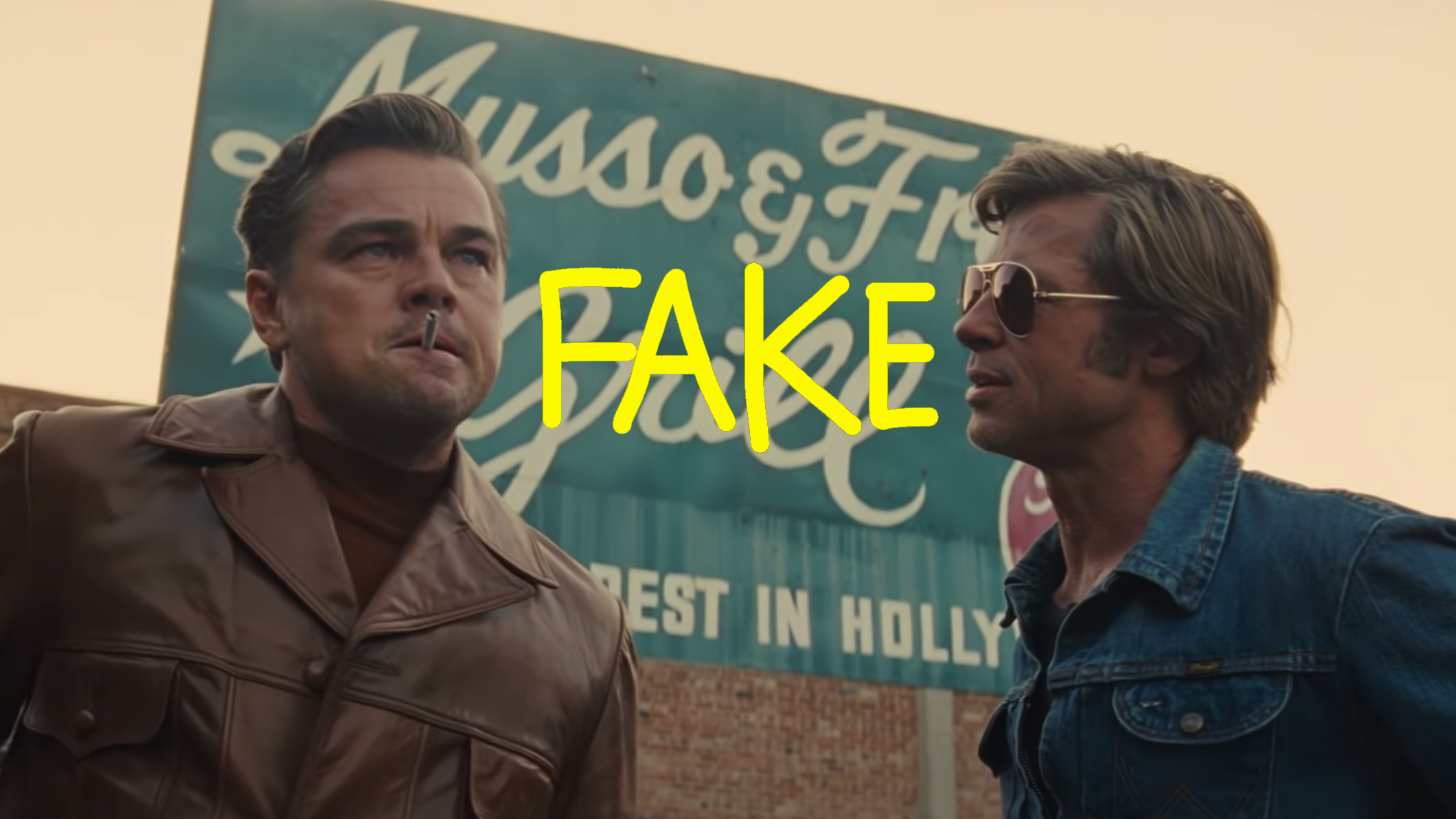Let’s Discuss That Massive Inaccuracy in ‘Once Upon a Time in Hollywood’

Credit to Author: River Donaghey| Date: Mon, 29 Jul 2019 16:26:22 +0000
Quentin Tarantino isn’t a director particularly consumed with maintaining flawless historical accuracy. This is the guy who riddled Hitler with a hail of bullets, turned the Reconstruction Era into a Spaghetti Western bloodbath, and tried to pretend he was Australian or something that one time. He’s not making Chernobyl over here. But even by his own standards, Tarantino’s latest film, Once Upon a Time in Hollywood pushes our collective suspension of disbelief to its limit. If you’ve seen the movie, you already know what we’re talking about. If you haven’t, be aware: massive spoilers for the end of Once Upon a Time in Hollywood ahead. You’ve been warned. Ready? OK.
In the film’s final act, Tarantino tries to pass off one inaccuracy so blatant, so distracting, so obviously fake that it threatens to bend the line between fact and fiction to its breaking point—and yes, we’re talking about Brad Pitt smoking acid.
Because, come on—an LSD-dipped cigarette? It’s possible for Pitt’s character, Cliff Booth, to get high from touching the cigarette and absorbing the acid through his skin, but since we see him handle the cigarette repeatedly in previous scenes without tripping, that doesn’t seem to be the case. As far as the movie is concerned, it is the act of sparking up and smoking the laced cigarette that gets Cliff high. It’s only after he smokes the whole thing while on his walk with his dog, Brandy, that he starts to feel the drug’s effects, seeing tracers while he’s trying to open a can of dog food and making his, uh, train leave the station or whatever.
But you can’t smoke LSD.
“LSD begins to break down chemically at about 36 degrees Celsius, or 98 degrees Fahrenheit,” explains Brian Blomerth, author of Bicycle Day, an illustrated account of the day chemist Albert Hoffman discovered the drug. “A standard cigarette burns at a temperature of about 900 degrees Celsius. So it would stand to reason that lysergic acid diethylamide, chemically, wouldn’t survive this process.”
“But let’s just say for the sake of argument—I haven’t seen the movie—that you dipped a full cigarette in a liquid vial of LSD,” Blomerth continues. “Typically, LSD in liquid concentration is dispensed through a dropper onto blotter paper and ingested through the tongue. Soaking the whole paper of a cigarette in pure LSD would result in an extremely high concentration and be quite messy. A real chemist could probably figure out how many hits would be absorbed on a cigarette but this would require knowing the standard absorption rate of a cigarette, and the amount of LSD—if any—that could survive temperatures needed for combustion.”
More likely, though, is the fact that the cigarette Cliff bought from that girl for $0.50 wasn’t actually dipped in LSD at all. “There is also the possibility that it was DMT suspended in a liquid sold as LSD. Then, the smoking would make sense.” Blomerth says. Unfortunately, we won’t know if the movie just messed this one up or if Tarantino has some elaborate backstory spelling out exactly what the cigarette was laced with—at least not until he releases the inevitable four-hour director’s cut featuring Tim Roth as a drug chemist trying to pass off DMT as acid or whatever.
There you have it, folks: the sole glaring and wholly distracting inaccuracy in Tarantino’s otherwise flawless recreation of late 1960s Los Angeles, Once Upon a Time in Hollywood. No wonder critics are calling it “the wrong ending for this movie” and “ideally suited to the fake-news era.” They’re talking about the acid cig, right?
This article originally appeared on VICE US.